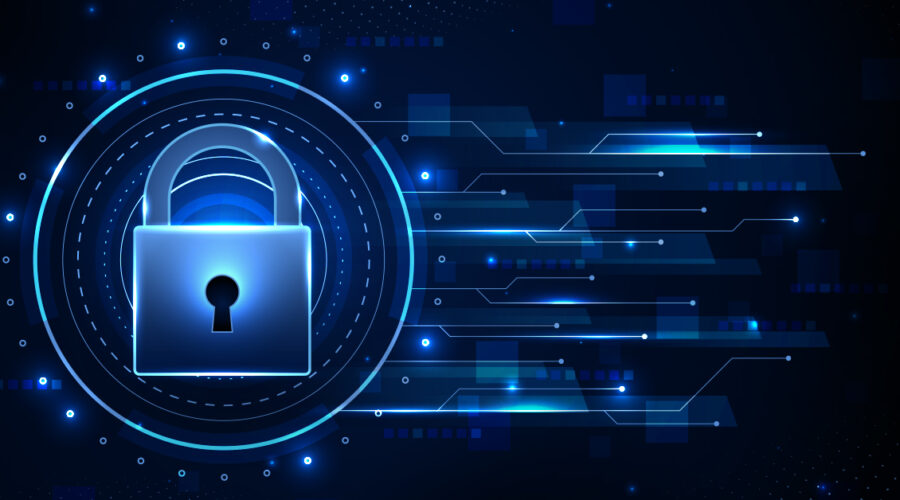In today’s rapidly evolving digital world, cyber threats have become more sophisticated and complex. Cybersecurity is critical for both individuals and businesses. In this blog post, we will discuss new generation cyber threats and effective defense strategies against these threats.
New Generation Cyber Threats
- Advanced Persistent Threats (APT): APTs are long-term and targeted attacks. Often carried out by state-sponsored groups, these attacks target high-profile institutions and governments.
- Ransomware: Ransomware encrypts users’ files, blocking access and demanding a ransom for their return. Examples like WannaCry and Petya have caused significant global impact.
- Internet of Things (IoT) Attacks: With the increasing number of IoT devices, attacks targeting these devices have also risen. IoT devices with security vulnerabilities are easy targets for cybercriminals.
- Social Engineering Attacks: Social engineering involves manipulating people to obtain sensitive information. Phishing and spear-phishing are examples of such attacks.
- Cloud Security Threats: The widespread use of cloud services has led to an increase in attacks targeting these services. Misconfigurations, phishing attacks, and data breaches are common issues in cloud environments.
Effective Defense Strategies
- Cyber Hygiene and Awareness Training: Regular cybersecurity training for employees increases awareness against social engineering attacks. Using strong passwords and changing them regularly is also crucial.
- Firewalls and Anti-Virus Software: Firewalls and anti-virus software play a critical role in preventing malware and unauthorized access. Keeping this software updated is essential.
- Regular Backups: One of the most effective methods against data loss is regular backups. It is recommended to keep backups both locally and in the cloud.
- Multi-Factor Authentication (MFA): MFA is an effective method to enhance account security. It requires an additional authentication factor besides the username and password.
- Vulnerability Management and Updates: Keeping systems and software up to date is important for closing known security vulnerabilities. Regular security patches and updates ensure the security of systems.
- Network Monitoring and Threat Detection: Continuous monitoring of network traffic and detecting anomalies allow early identification of potential attacks. Security Information and Event Management (SIEM) systems can be used for this purpose.
Conclusion
New generation cyber threats pose serious risks with their rapidly evolving and complex nature. Developing and implementing effective defense strategies against these threats is vital for both individuals and institutions. Staying updated on cybersecurity and acting consciously is the most powerful defense mechanism against the dangers of the digital world.
